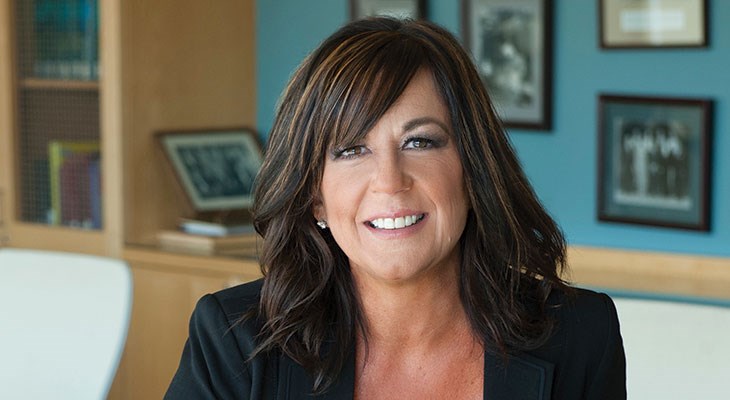Despite the uncertainty in today’s economy and M&A market, investors are still very interested in preserving their deal pipelines — continuing to build on the promise of the portfolio of ideas already in development, says Lynn Banaszak, executive director of the Digital Transformation and Innovation Center at Carnegie Mellon University.
“There’s probably a sense that we don’t want to start all kinds of new things in a different development pipeline,” Banaszak says. “But can we apply and input new ideas into the technology pipelines that are already invested in, and can we broaden the focus of things where we already churn and we already have domain expertise and we already have big thinkers and corporate partners convening together?”
Although investors are thinking more broadly about their desired outputs, they’re focused most on protecting their current technology development pipelines to push to a deployable outcome, she says. It’s not the time to start fresh.
While everyone has a level of caution, she sees investors weighing their levels of priority. Technology development is already volatile and time consuming. It’s critical to determine which can be truly realized so it doesn’t die on the vine.
Banaszak spoke with the Smart Business Dealmakers podcast about digitization, innovation and what’s next for businesses. Here are some excerpts from the conversation.
Listen to the full interview
What are you hearing about the current appetite for dealmaking?
I think that what I’m not hearing is a stop or a disinterest in dealmaking.
…The kinds of deals that our partners would be interested in are the kinds of ideas that are around just-in-time solution-making and figuring out how to upgrade strategic risk management, and using this interesting ideation and university design thinking to come up with interesting ways to not just talk about the what’s next in artificial intelligence tools, but to actually build more of those tools.
And so, the dealmaking-type conversation that I’m hearing (is) around telemedicine and tech solutions at large and figuring out how to tangibilize predictive modeling. And certainly, as I mentioned before this idea of contact tracing, and not only being able to see when a crisis like this might be bubbling up by using predictive models but being able to deploy ways that we can use digital transformation to interact with each other more.
More and more the interest in this solution creation and therefore maybe potential dealmaking is not only a direct-to-consumer conversation that we’re having, but a business-to-business conversation that I think we’re having more in this crisis than we’ve had in the past.
Telemedicine and predictive modeling were already on the horizon. Have they become more of necessity?
I think that’s right. Even if people still don’t think it’s an absolute necessity, I think that they realize it is an absolute priority to figure out the level of necessity in the future that we’re going to need for these things.
But also, what the crisis has done for people is in those places where were we tentative about allowing technology to take the lead — having more of a wait-and-see attitude — I think people are now saying, ‘Well, my parents would have never six months ago let someone drop groceries off on their front porch. They would have never let strangers interact with them in these daily operations.’ And now suddenly in very short order, something as simple as that has become a norm — particularly for vulnerable populations.
And so, we’re seeing the same thing. Because the perspective has shifted, I think we now have a bigger appetite or a willingness for doing things in the now, and figuring it out as we go, as opposed to watching and waiting and allowing the thought leaders to figure it out all the way to the end of the game. This idea that we have a willingness to buy into the things that we’ll figure out as we go definitely feeds into this entrepreneurial spirit of the innovators that we see.
This idea of more starting with a clarity of purpose and then matching the technology to get to you to that place.




